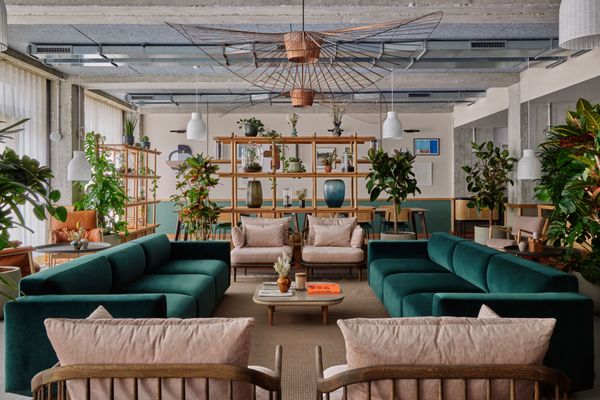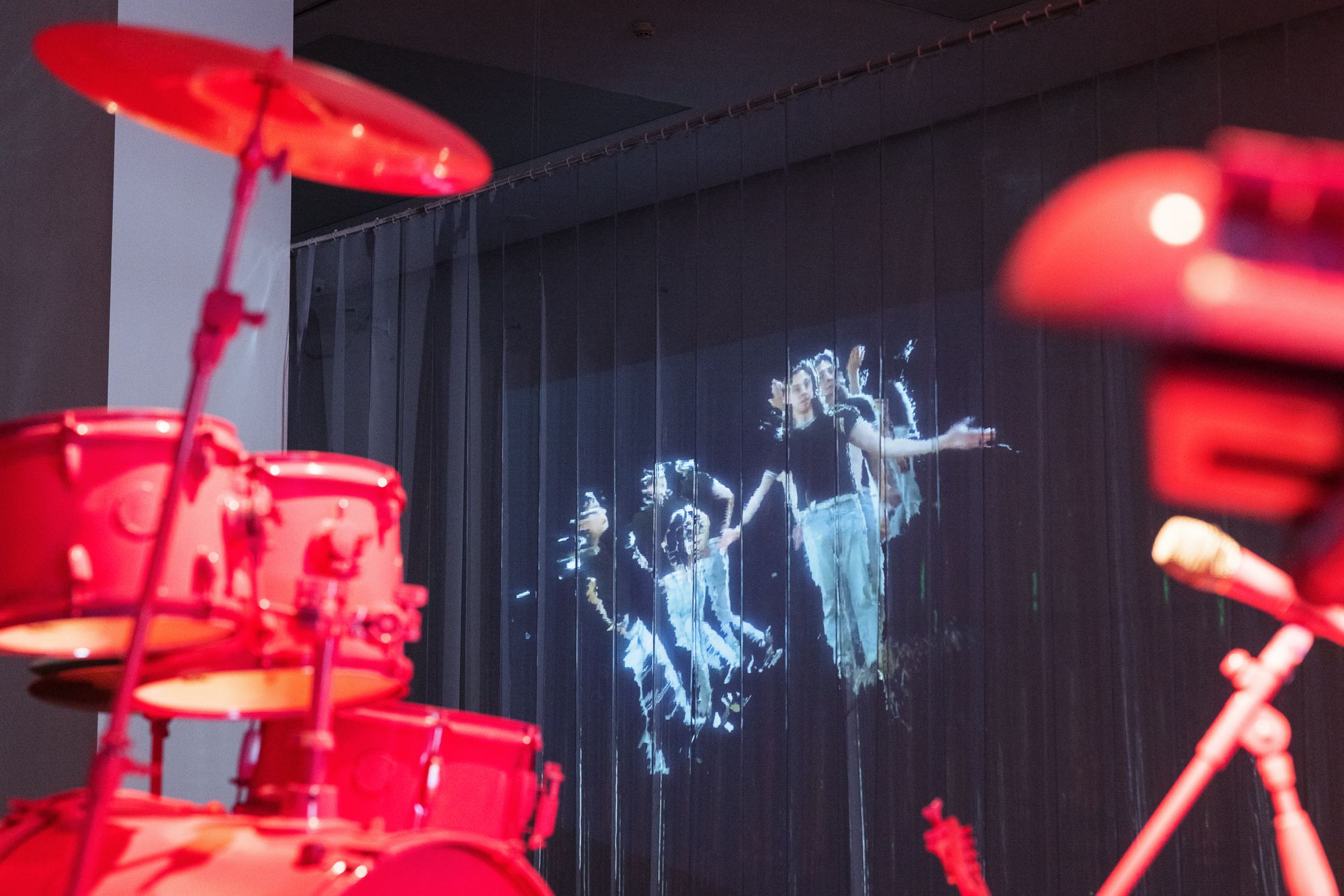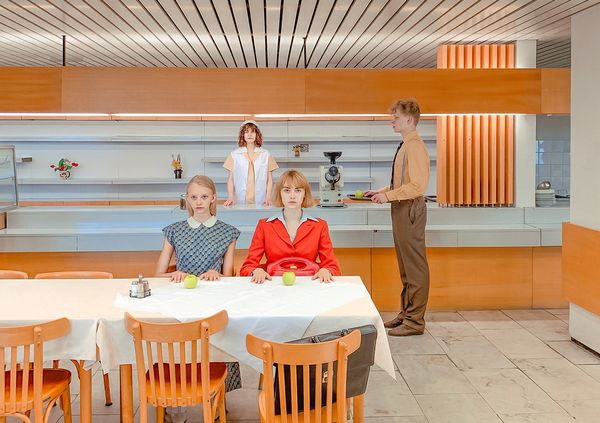A pink stage, a text drawing strange shapes on the wall, and flickering, fluctuating magenta lights in the background: we are in one of the exhibition spaces of the MODEM Modern and Contemporary Arts Centre in Debrecen. We took a closer look at the unusual exhibition of Polarism on the day of its closing, where the preparations for a clip shoot were already underway. In addition to the ideas behind the experimental multidisciplinary art project, curator Tamás Don gave us some information about the latter. Here follows our retrospective coverage.
From the outset, it was clear to Tamás Don that he wanted to work in the fields of art, history, and literature, so he has been part of the MODEM curatorial team for more than four years now. In the course of his work, a number of areas have emerged that he feels more at home with, such as the study of different historical periods through various disciplines, or the questions relating to identity. This includes his previous exhibition, titled Borderline Case, which was also featured in the columns of Hype&Hyper, that explored the theme of identity in Central and Eastern Europe. “At least from the point of view of the generation born around or after the regime change, which has no first-hand memory of this period, but still it has an impact on their lives in many ways,” Tamás said.
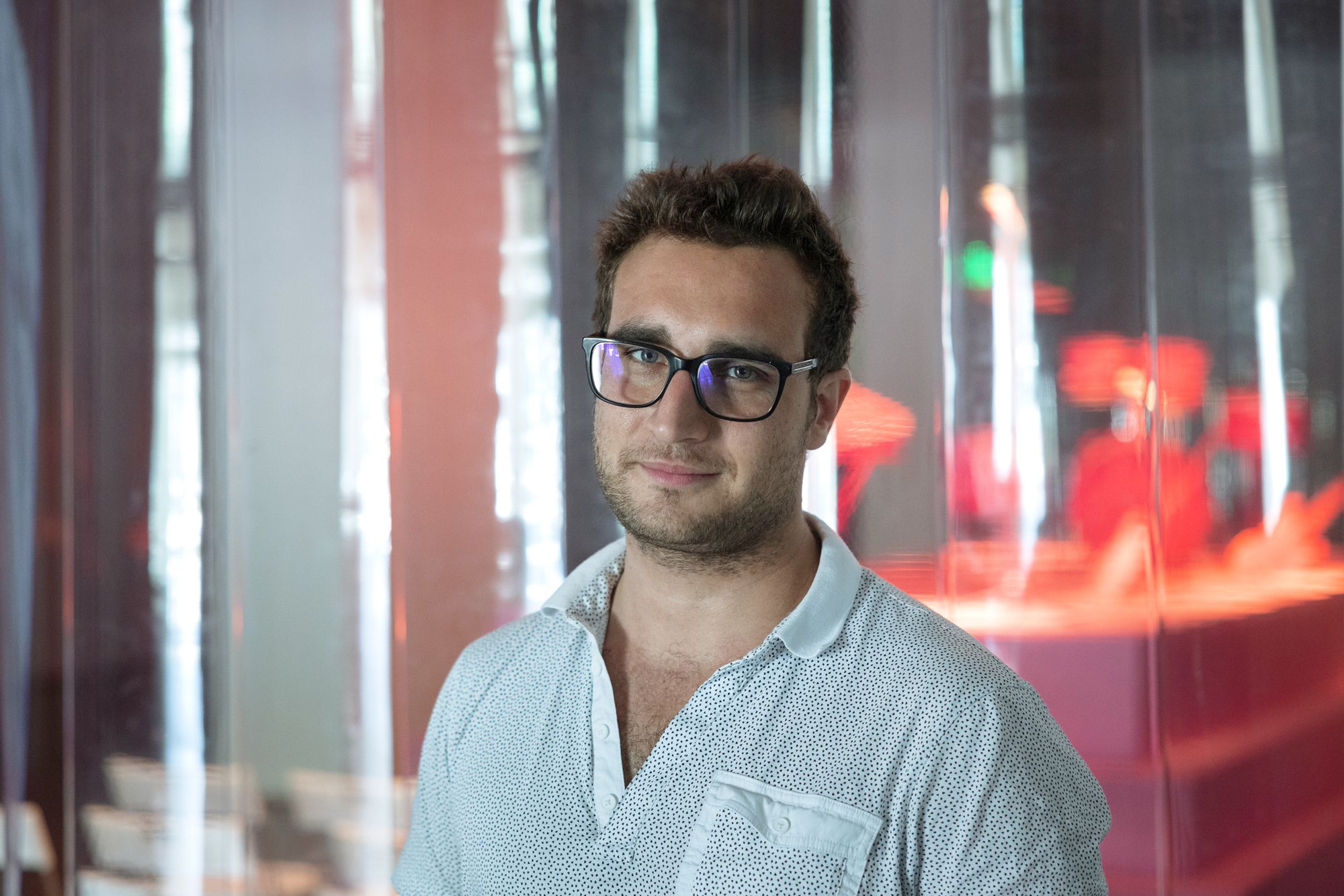
Besides the importance, he attaches to incorporating other artistic and scientific disciplines into his exhibitions, when conceptualizing his work he also aims to truly engage visitors in the exhibition experience. “I think one of the biggest issues with contemporary art is that people are afraid of it: they are afraid to go to a contemporary art exhibition because they might not understand it or they might feel it’s not for them. That’s why I try to design my projects in a way that they are not only understandable for the experts, but for anyone who comes into MODEM. So I try to work on topics that people can relate to,” he explained. This set of aspirations and ideas also seems to be reflected in his latest experimental multidisciplinary art project, Polarism, which is an unusual collaboration with the band Ivan & The Parazol. The collaboration is complemented by the work of visual artist Olga Kocsi, documentary filmmaker Lia Lőrinczy and cinematographer Lola Bedécs. But how did this story begin?
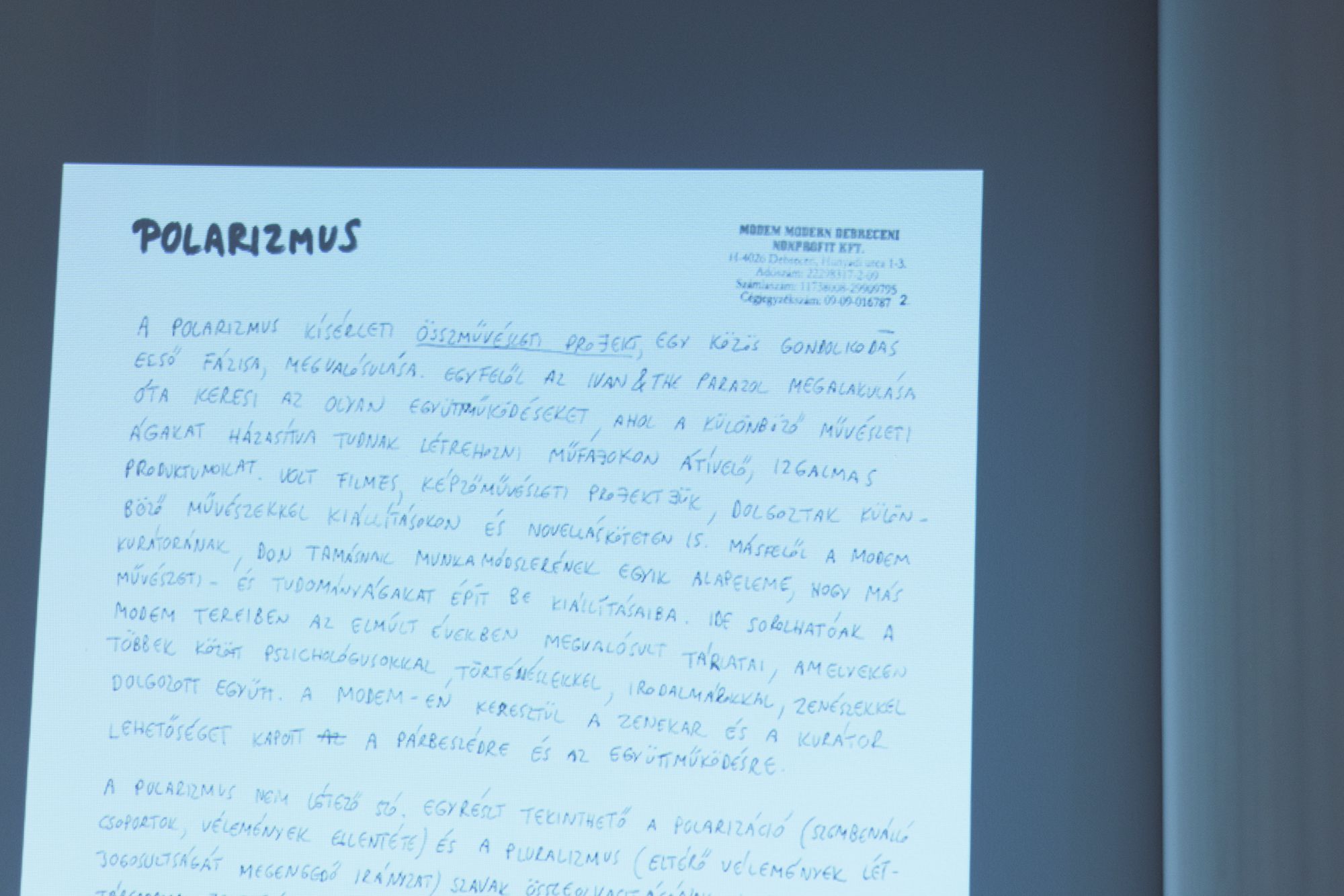
“Polarism is not a word.”
As Tamás explains, the creation of the exhibition is partly the result of chance encounters and partly of chance events. The background idea for the whole project started when a few years ago, music video director Miki 357 invited him to a house party where he had the pleasure of meeting Ivan Vitáris, the frontman of Ivan & The Parazol. Since the band has always sought to find connections with other artistic disciplines (as evidenced by their album, titled Budai Pop, which is accompanied by a collection of short stories by the title, Budai novellák), Tamás has repeatedly asked Ivan to give guided tours of various exhibitions at MODEM. “On all these occasions we talked a great deal and it turned out that we think alike about art: we both think it is important to have a discourse and a common reflection between different artistic disciplines. Then, for reasons beyond our control, an exhibition suddenly dropped out of the MODEM exhibition calendar, and I suggested that we take advantage of this opportunity. So we came up with the idea of creating an exhibition where the focus is not on experimental music—of which there are many examples—but on pop music,” he added.
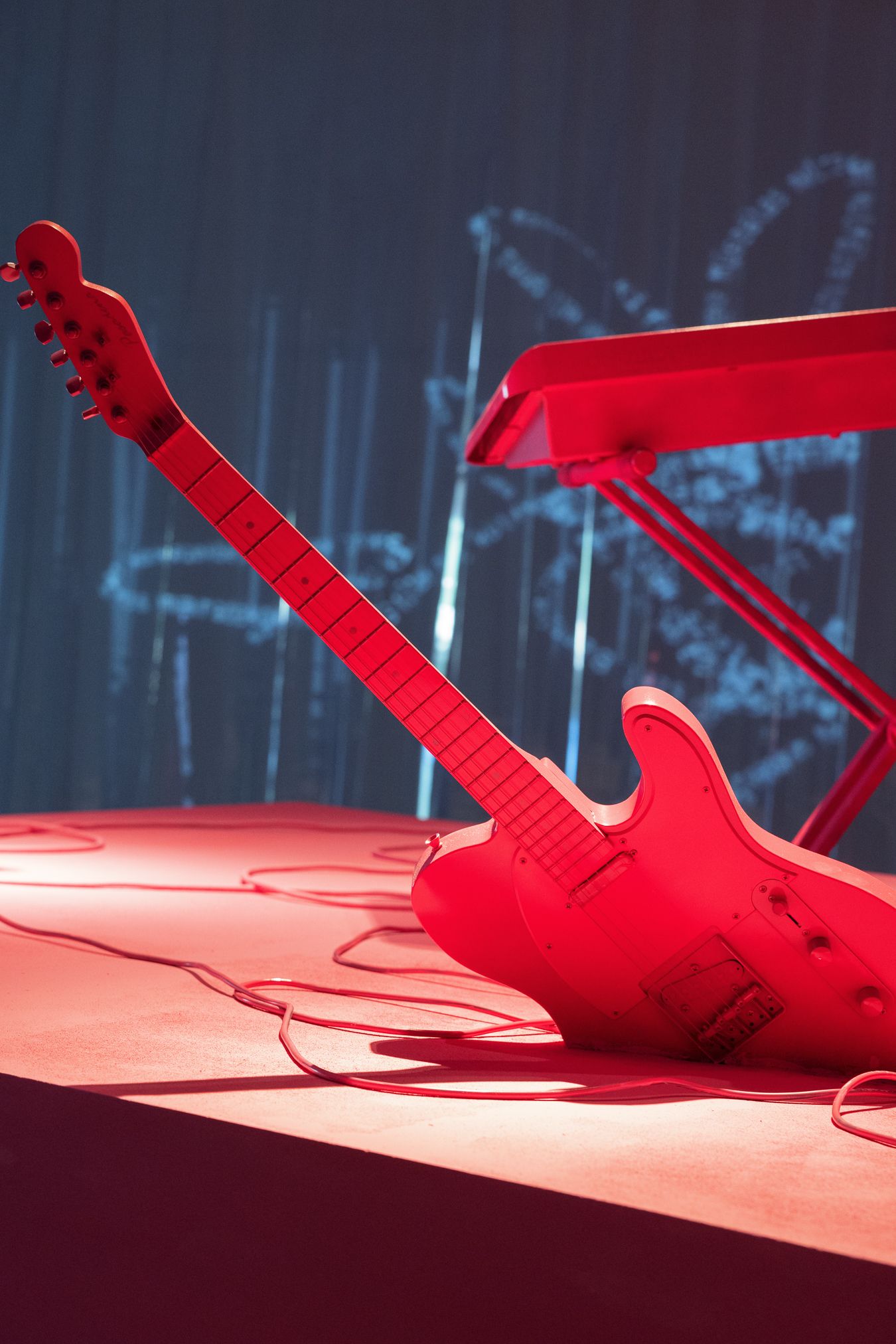
As a kind of continuation of the previously mentioned Borderline Case exhibition, the central theme, which everyone ended up reflecting on in their own genre, is built around the legacy of the socialist period. “With this topic, we have actually framed the last six months of the ground floor exhibition space of MODEM, as we had explored a similar theme before, but now we are looking at a much narrower period: what was the public mood like during the regime change, what happened in Hungarian society in the last thirty-something years, how much it determined the political discourse or the mental state of society,” elaborated Tamás. This state of mind is reflected in the fictional term polarism in the title of the exhibition, which is the result of the fusion of the two words polarisation (opposing groups, opinions) and pluralism (the simultaneous existence of several views).
“The regime change was an important turning point in the 20th-century history of Hungary: it was an opportunity for a kind of renewal that never really came. It’s a recent historical event that is difficult to talk about, and it covers complex, complicated social issues that I think are still not properly explored. The word ‘polarism’—which was Ivan’s idea, by the way—shows the duality that was inherent in the regime change, as many people lost the stability they were used to and grew up in, and had to reinvent themselves overnight in a new world. This, of course, did not come easily for many, but for others, it gave freedom and a sense of relief. In recent decades, as can be seen in public life or politics, Hungarian society has become increasingly fragmented at the everyday level, and there is less and less common ground in any area of life that we can agree on,” Tamás explained.
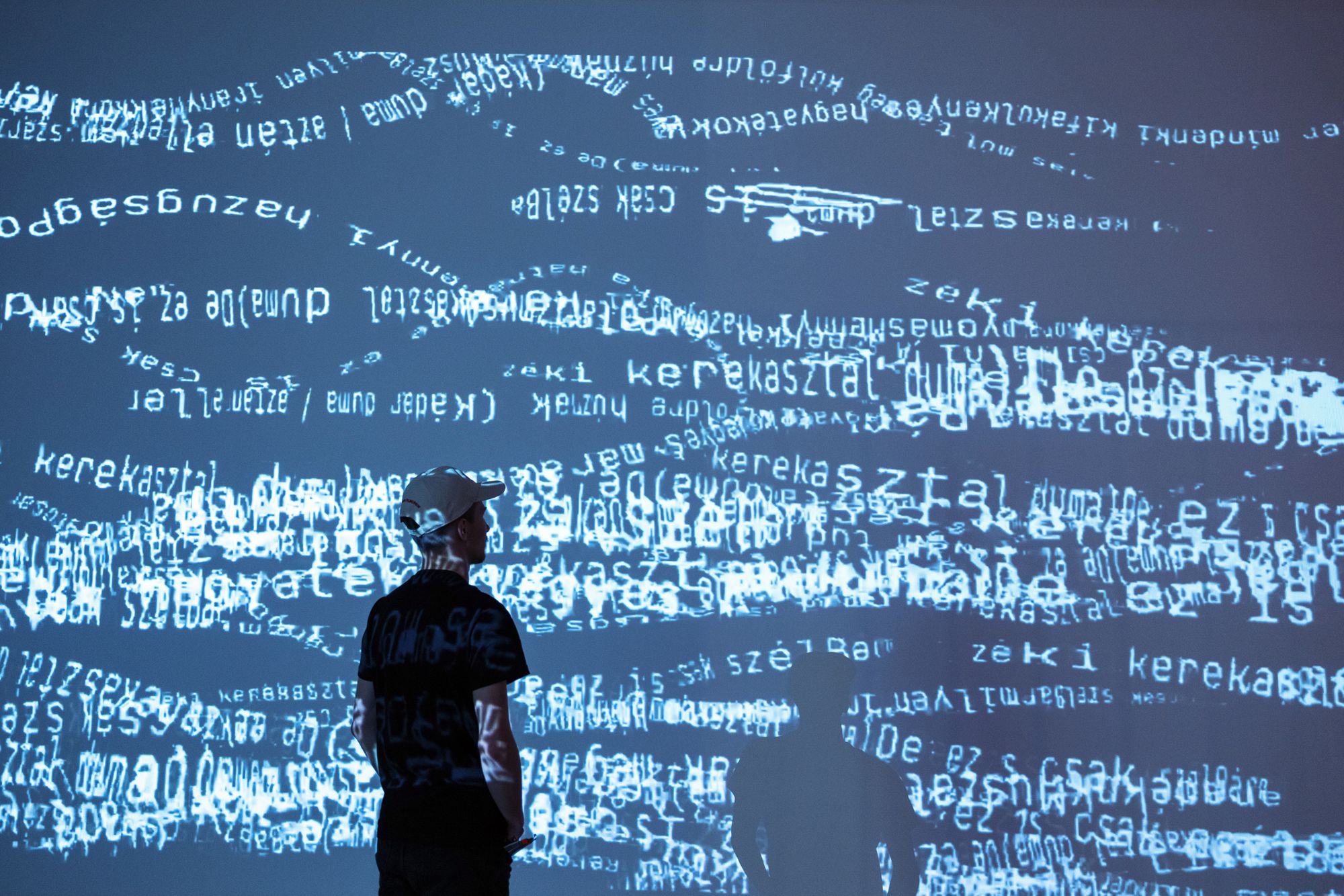
“Like an extended music video”
The basic ideas of the exhibition eventually gave birth to the central element of the whole exhibition: a (pop) song. It is not presented to the viewer as a single work of art, but the individual artworks unfold and reflect on the underlying message of the music or its individual elements from multiple perspectives. As Tamás revealed, they had originally wanted to record three different songs with three different bands, but at a certain point, it became clear that this would not be possible due to time constraints. “It became a very different song from what we were used to with Ivan & The Parazol: it has a different structure and is much longer too—not a radio-compatible piece. The seven-minute song is made up of several instrumental parts, with large time gaps between the lyrical parts and major stylistic shifts that evoke the different musical characteristics of the era,” the curator explained. “It was nice to see that they felt so comfortable or so confident in the project that they made it with the best sense of uninhibitedness,” he noted.
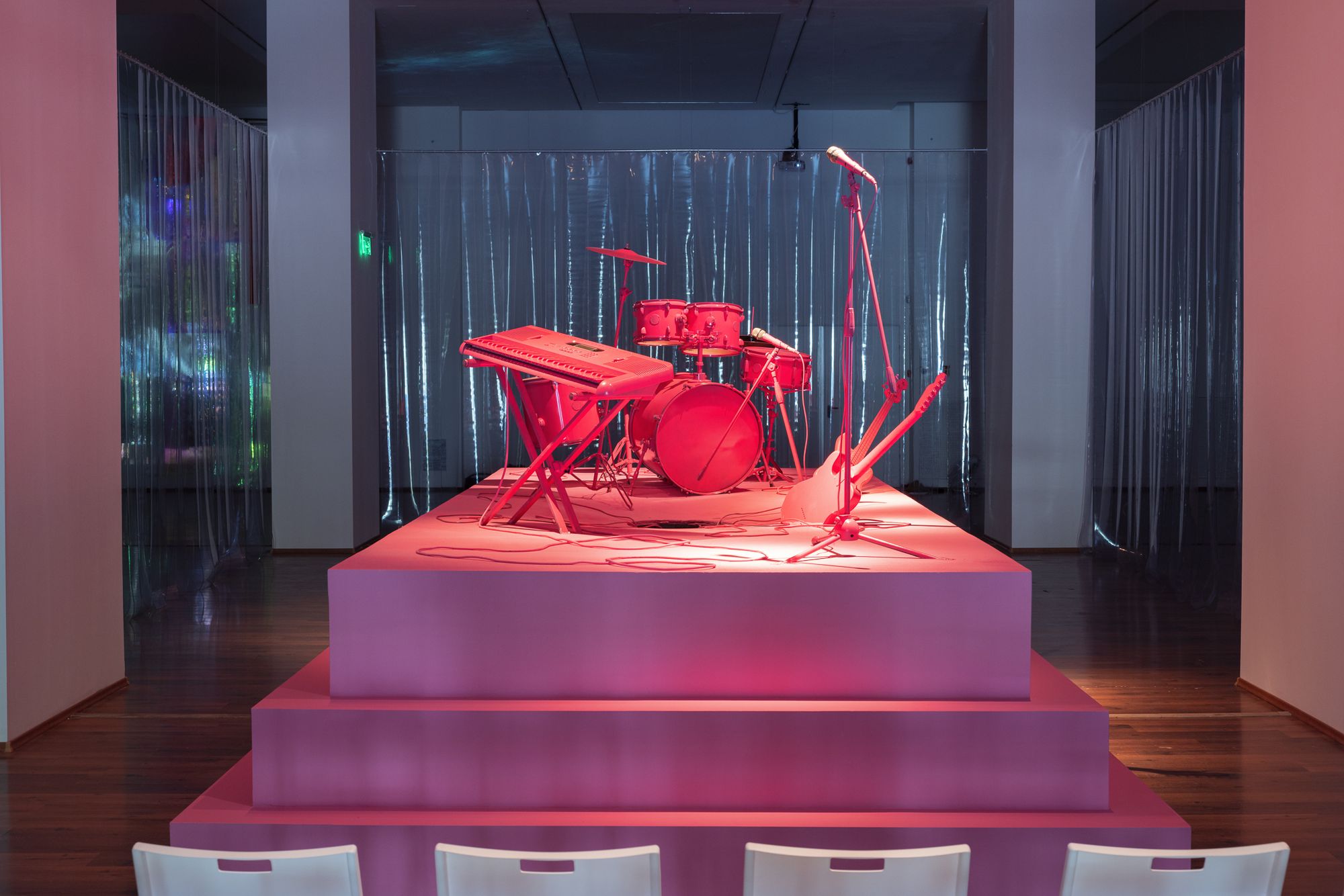
With a musical piece at the heart of the project, the central installation filling the space was a pink concert stage overflowing with instruments and surrounded by a transparent PVC curtain. “Where do you hear music? In concerts. Where does the band perform? On stage. So we thought about what it would be like to have a stage where all the props are there, but not the band itself, and only the music is heard in the background. This in itself is a disconcerting thing, because you arrive in an essentially dark room, and in the middle of it, behind six pillars and PVC curtains, a lit stage, covered in pink, reveals itself. The choice of color is from Ivan & The Parazol’s Budai pop album and a recurring motif in the song’s lyrics as well,” Tamás elaborated.
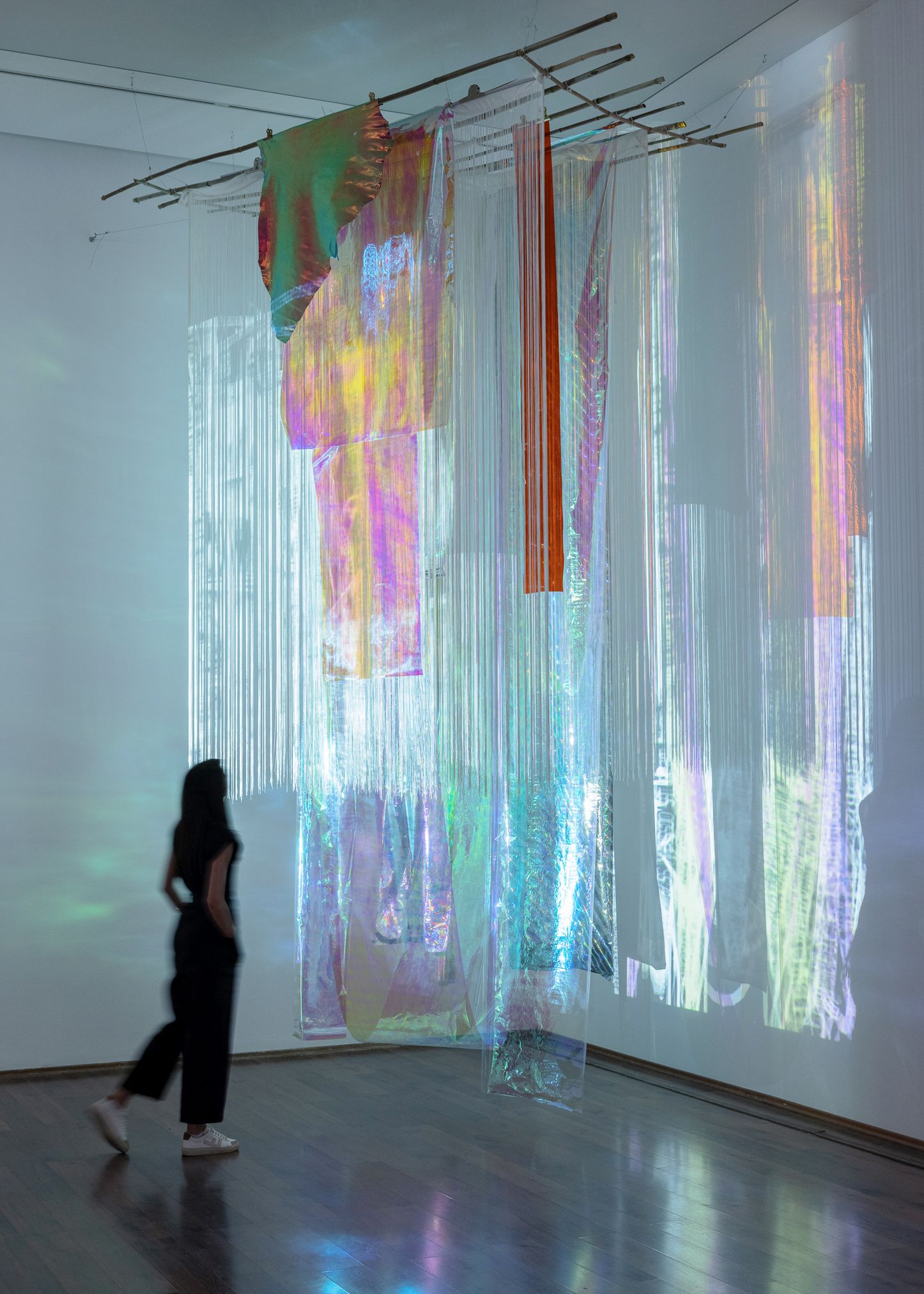
He also pointed out that we usually think of the Kádár era as ‘grey’ or ‘black’, so the cheerfulness of pink is in complete contrast to the seriousness of the era. In the middle of the installation, a gaping black hole is about to ‘suck in’ the entire stage: “This gesture makes the installation even more interesting, as to what it really means, what this hole is sucking in. Is it creativity, youth, opportunity, or rebellion against the system? The message is not clear,” Tamás explained. Adding to the tension, are the few rows of chairs in front of the stage with a ‘reserved’ sign on them, further unsettling visitors.
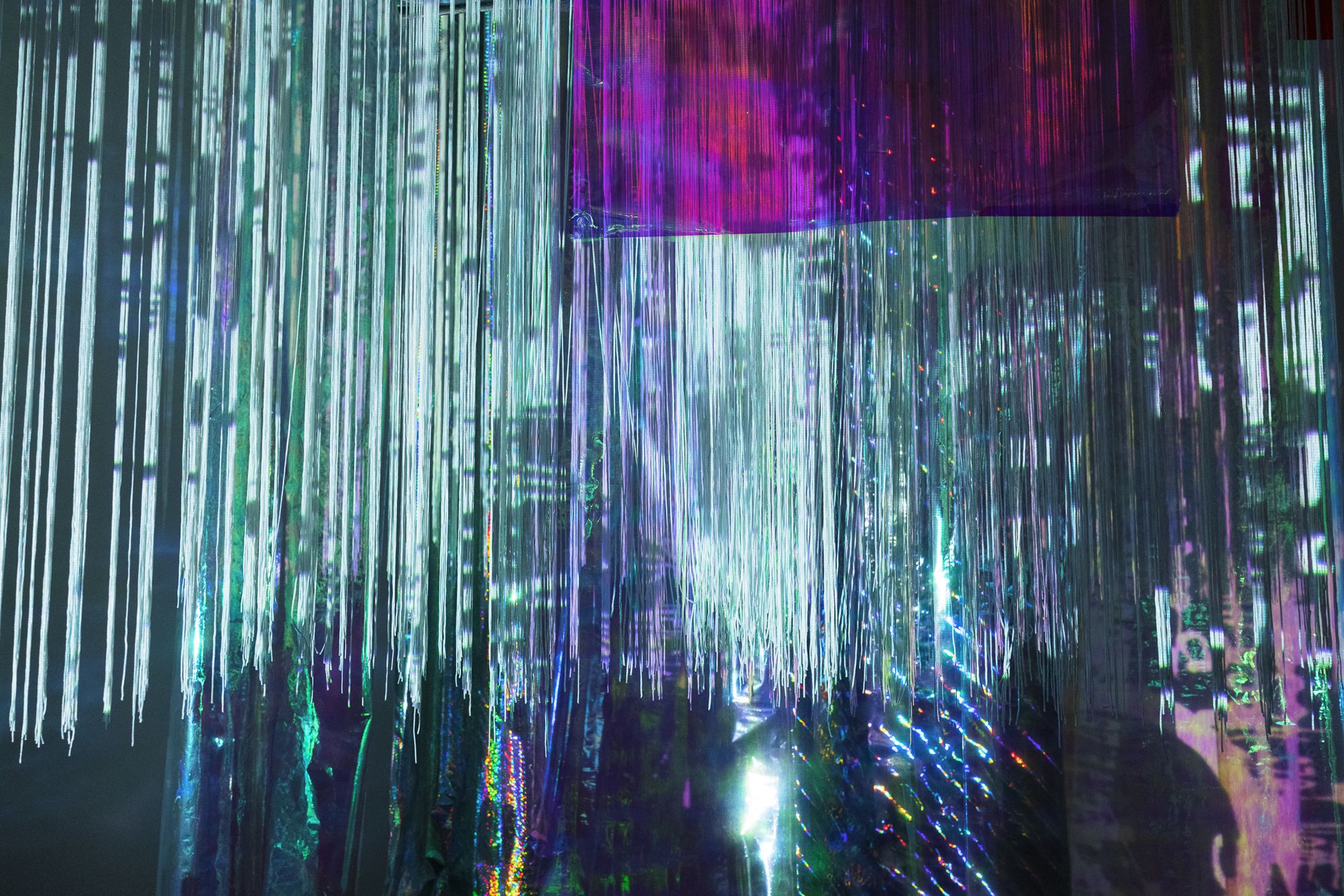
Moving further into the space, different layers of the song and concept begin to unfold. One such work is Olga Kocsi’s video installation, in which the moving lyrics of the song draw different shapes, sometimes turning into faces, sometimes into a washing machine. “For Olga, the most important thing in the whole project was to build her installations around the music: her first starting point was the song itself,” Tamás said. “With the help of Dávid Mórász, Olga’s husband and a programmer, she created a very intuitive video that reflects on the music, both directly and indirectly,” he added. Her second installation is a so-called Kinect video, which breaks down human movement into sequences. As a kind of documentation of the exhibition or an alternative documentary, if you like, the video features all the participants of the project. These two works are condensed in Olga’s third installation, where the images generated by the previous two installations are reflected on various pieces of textiles. “The fragmented nature of the works Olga creates reflects well on the issue of polarism: by projecting the images on different materials, they become fragmentary, which harmonizes nicely with the message of the whole project,” Tamás emphasized.
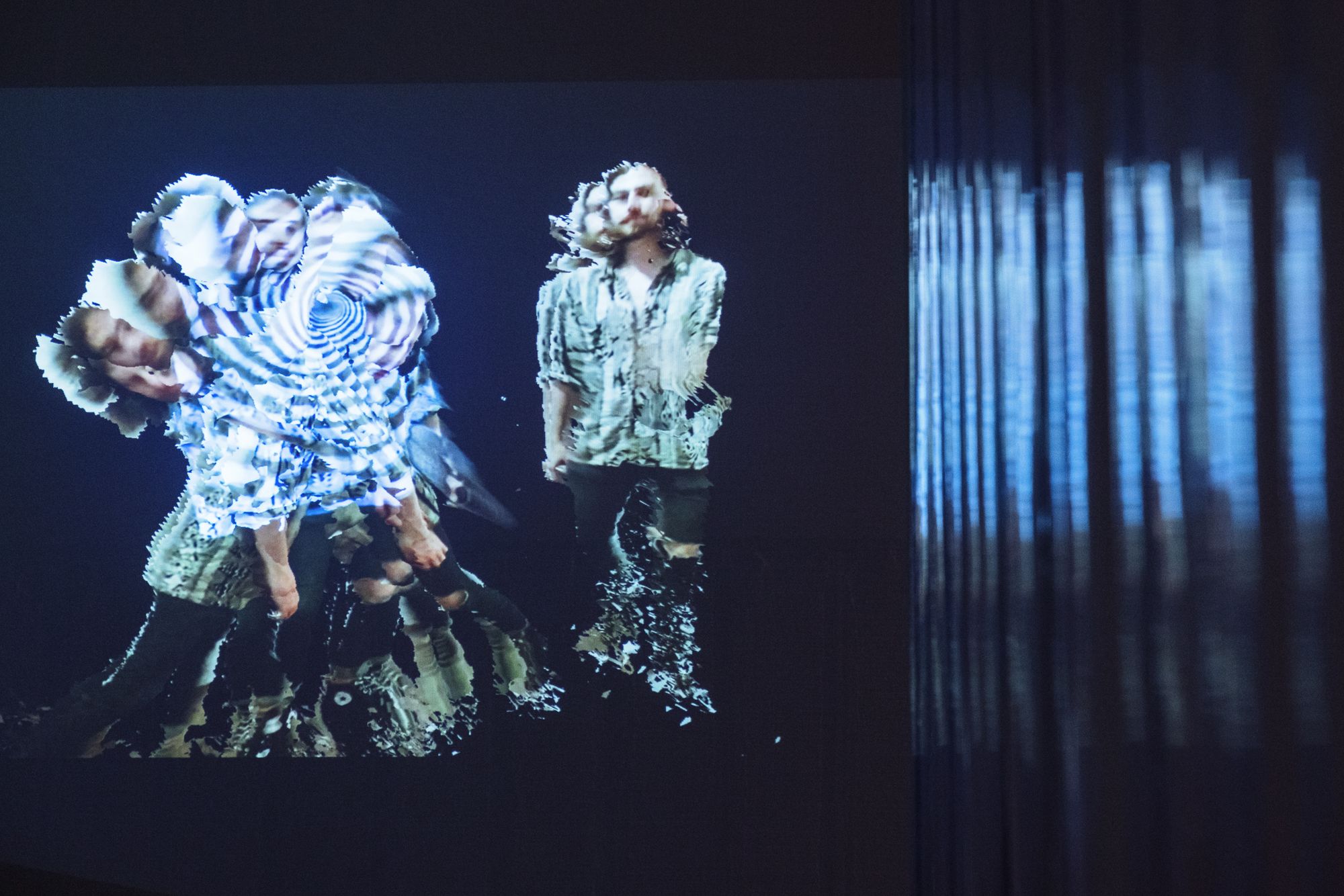
The exhibition is rounded off with documentaries by director Lia Lőrinczy and cinematographer Lola Bedécs: eight interviews with the subjects talking about their memories of the regime change, shown on four screens. “If you listen to these interviews, you can put together an interesting mosaic about this period: what are the specific events they remember. For example, how the way people were addressed changed from one moment to the next in the office: the comrade became the director. We also hear nice stories about how they think about traveling or how they experience crossing a border today,” Tamás said. And all these works together, if one had to sum up the essence of the exhibition in a few words, have the effect of “an extended music video”, he pointed out.
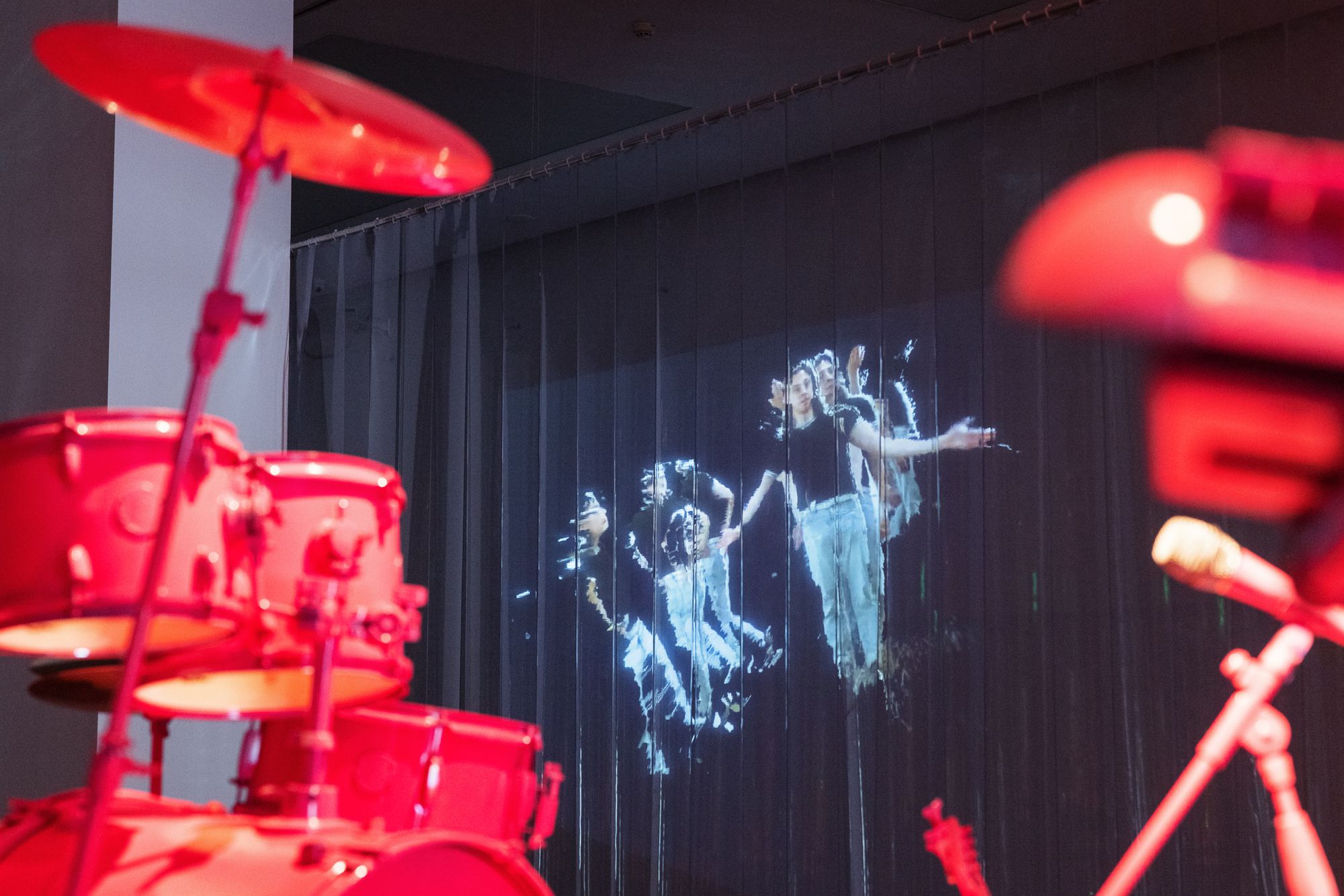
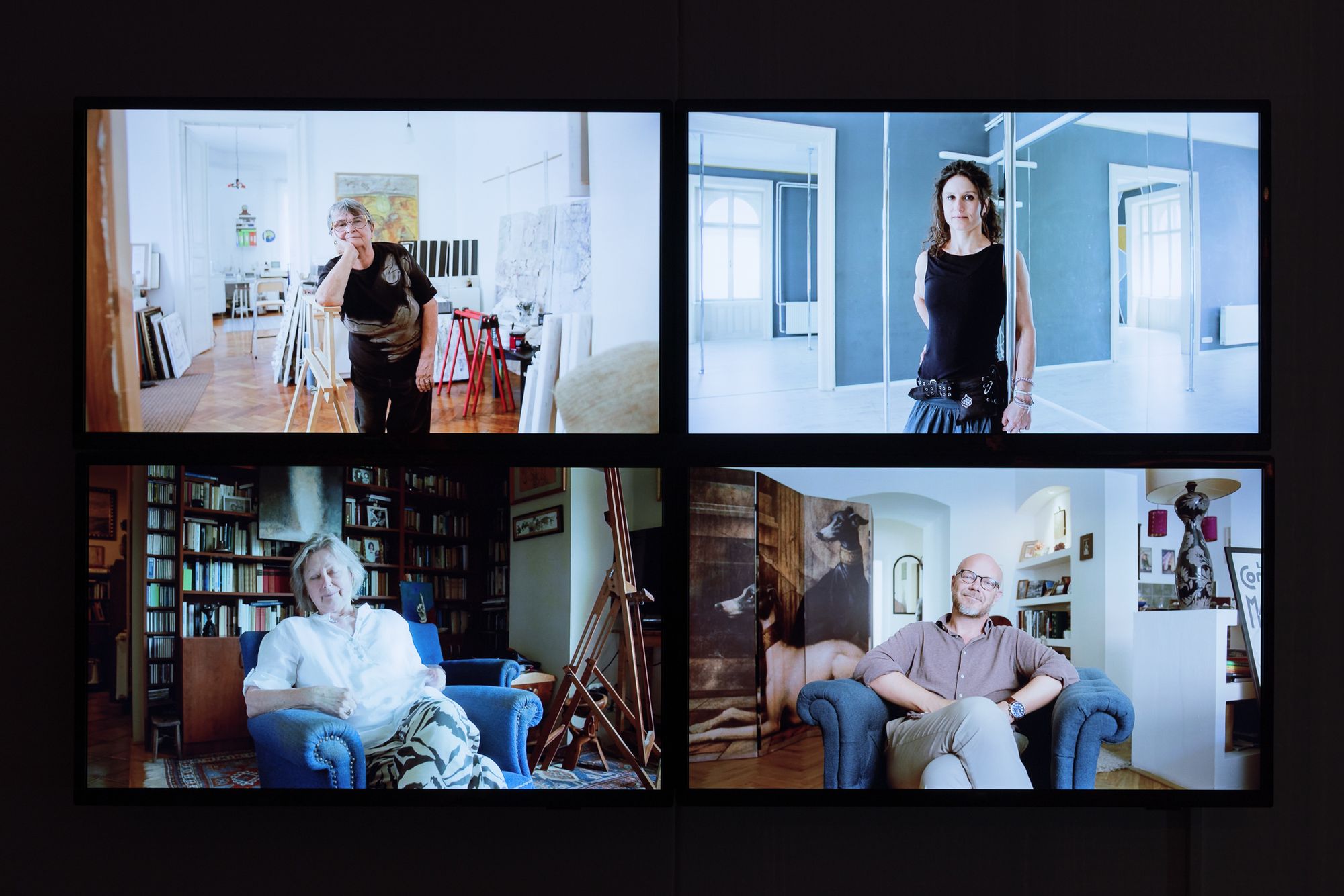
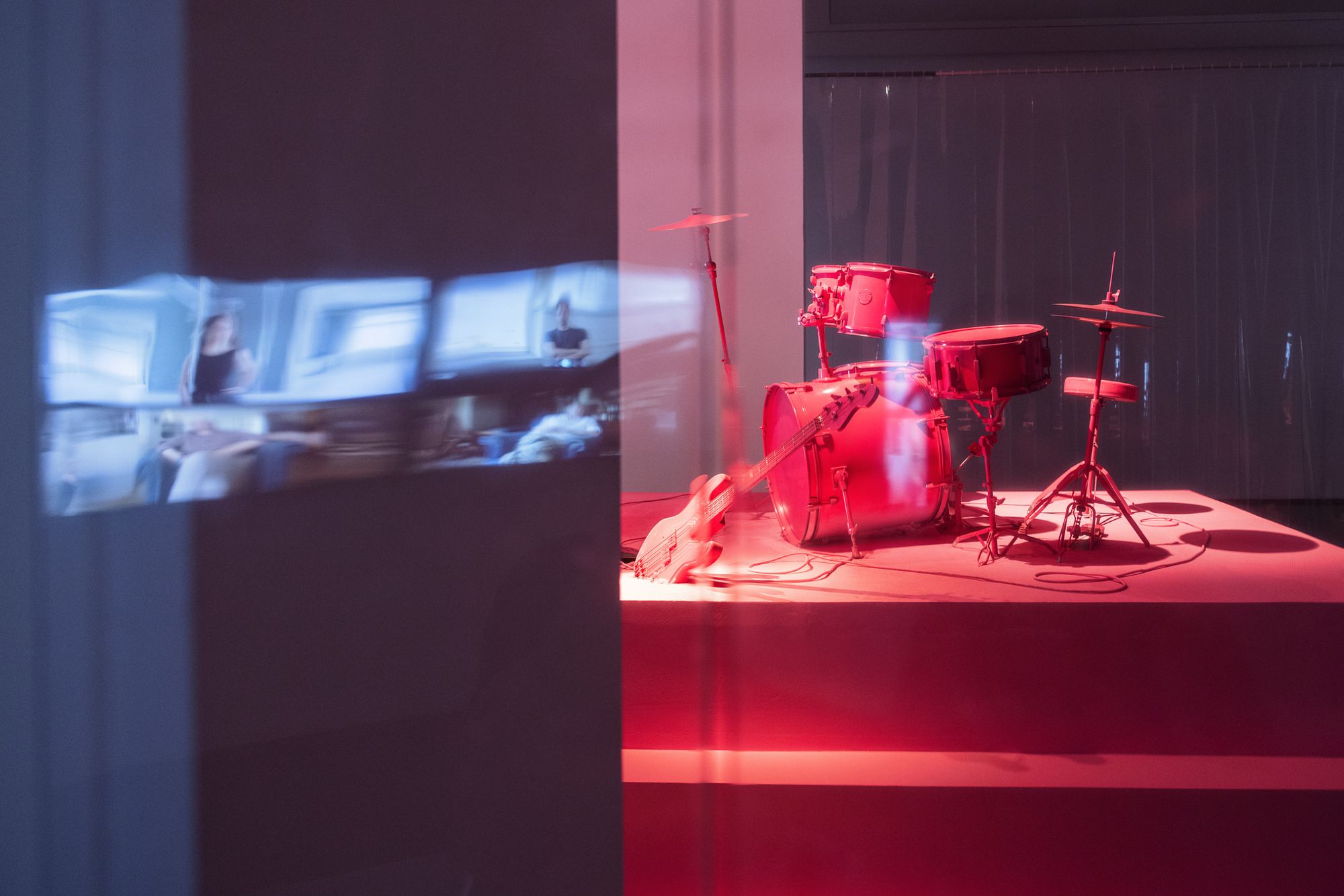

Although the exhibition, or more precisely, as Tamás refers to it, the spatial music video, was open to the public until July 17, the project does not end there. As we mentioned in the opening of this article, the song that is the basis of the exhibition is being immortalized by Ivan & The Parazol in the form of a music video, one of whose locations is the Polarism exhibition. So, if you missed the exhibition experience, you can make up for it in the first half of September, when the premiere of the video is scheduled. As Tamás concluded his thoughts, “It will definitely not be an ordinary one.”
Photos: Balázs Mohai
MODEM | Web | Facebook | Instagram
Ivan & The Parazol | Web | Facebook | Instagram
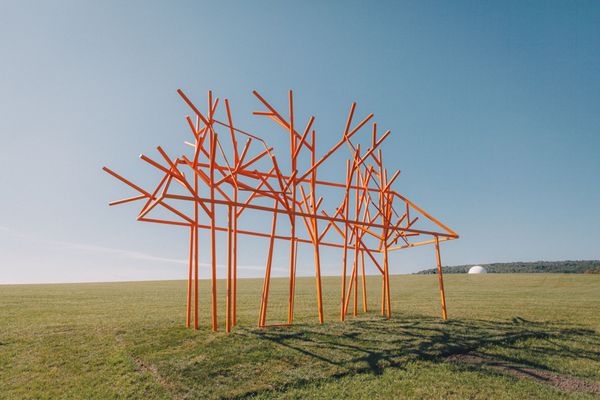
Unique public sculptures | TOP 5
